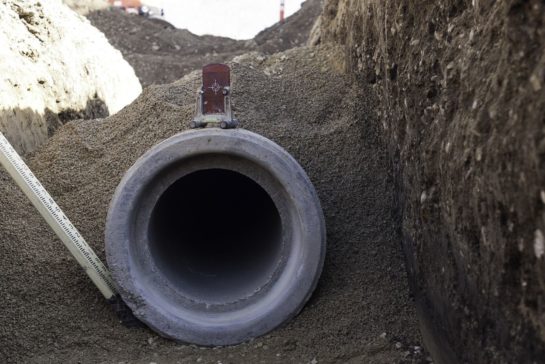Stormwater Management in the U.S.: Then, Now, and the Future
Stormwater management has long been an issue of infrastructure engineering in the U.S. Compounded by the movement to urban communities, localities all across the country have to contend with controlling the runoff from the built environment and managing it to mitigate risks while also developing applications that may better make use of it.
How did it start, how does it stand now, and how far will it go from this point?
A Brief History
Under amendments to the Clean Water Act, the Environmental Protection Agency was tasked to establish measures to control certain stormwater runoff. In response, the EPA came up with two sets of regulations – first in 1990, and then in 1999, which established requirements for municipal separate storm sewer systems as well as industrial activities.
These led to the identification of quite a number of sources pending permission, which the agency and other administrative systems were unable to manage. As a result, water quality control was still not fulfilled.
The EPA asked the National Research Council for help in assessing their permitting program, and the NRC complied with a report detailing their studies and recommendations for different aspects of stormwater management in the country.
The NRC Report
In brief, the NRC recommended the adoption of a watershed-based permitting system, instead of the EPA’s system of multiple individual permits. This was to cover all discharges – stormwater and wastewater – that will affect the waterways of a particular drainage basin. For this, a lead municipality will be responsible for processing the permits, with the cooperation of other municipalities.
The report also called for better overseeing of land use management, where future permits could be predicated on factors such as projections of future growth, or the use of incentives by regulators to soften the effects of land development.
In addition, the NRC advised the agency to also consider the volume of water instead of just the chemicals present in the runoff. They also underscored the necessity of providing more funds to state and local governments for water quality control.
Stormwater Management Today
Today, the EPA processes permits from three sources: municipal separate storm sewer systems, industrial activities and construction activities. The agency is also still the permitting authority in certain states and municipalities.
An addition to stormwater management led by the agency is the establishment of the Urban Waters Federal Partnership, a program that aims to reconnect urban communities with their waterways to better impact their water systems, while also promoting economic, social and environmental benefits. It melds federal support with community-led efforts.
Future Direction
Stormwater management in the country still has a long way to go to fully realize its goals and improve way of life for all of us, but significant headway can be achieved by continually reassessing guidelines and revamping them as necessary to better meet community needs and health standards.
In California, for instance, water scarcity has spotlighted the need for better control systems, particularly in recycling collected runoff for other uses. In coastal cities, efforts to collect stormwater locally can help in halting the progress of the polluted runoff towards bays and oceans.
The Role of Civil Engineers in Stormwater Management
As industry professionals who happen to be in the frontline, civil engineers are accorded the perspectives from which recommendations and changes can be built on. As long as there is a commitment to looking out for what will best benefit the community, in conjunction with the excellent application of knowledge, the country will stand to benefit and learn better ways of reconciling natural elements with the built environment.
Sources:
Urban Stormwater Management in the United States, EPA.gov
United States National Research Council Concludes that EPA Stormwater Program Needs a Significant Overhaul, WaterBucket.ca












